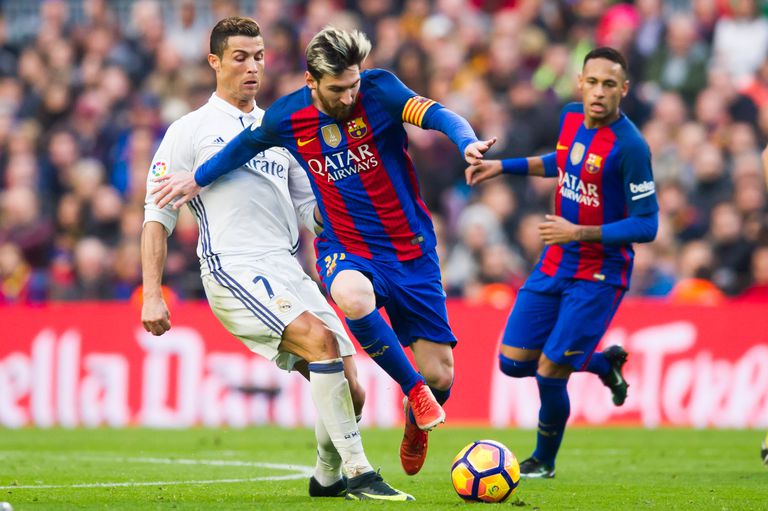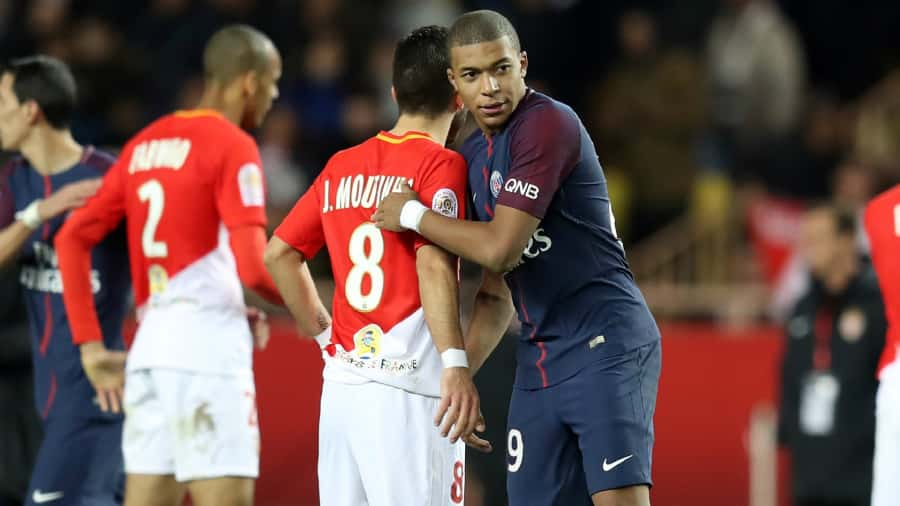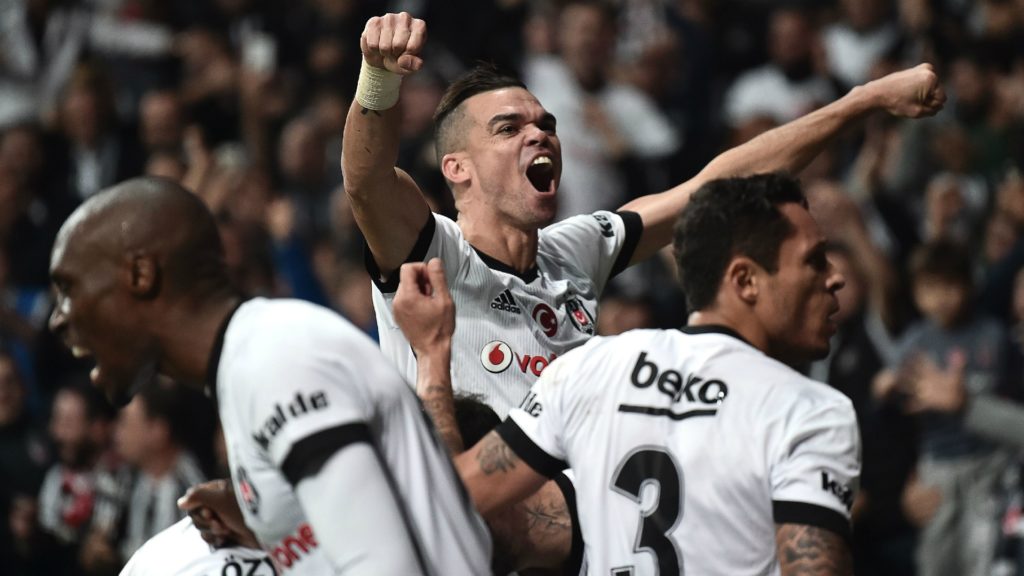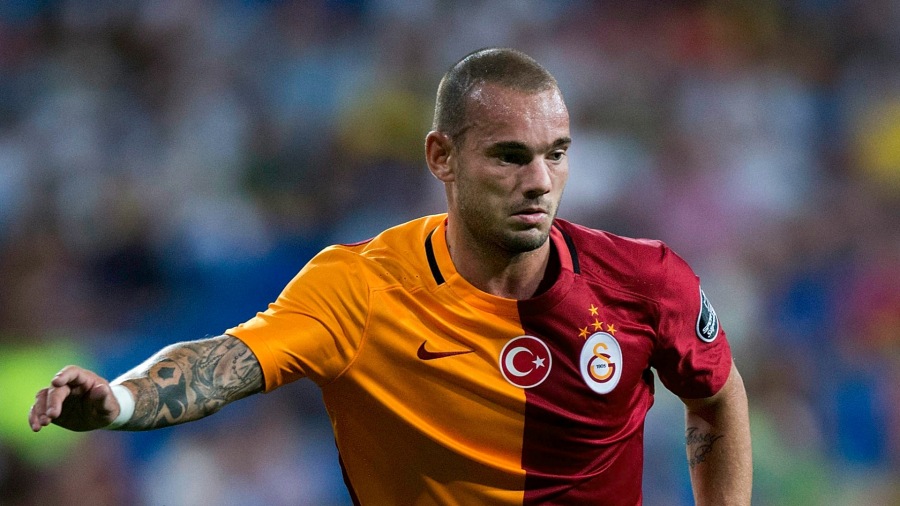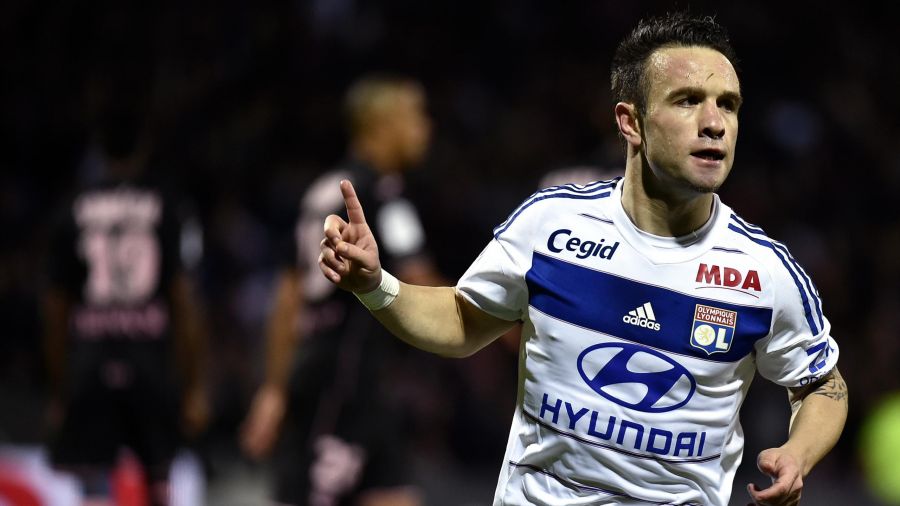Jose Mourinho is one of the most famous football managers in the world. He is also, since earlier this year, the manager tasked with turning Fenerbahce back into Turkey’s top team, and into a European superpower.
How realistic is this? At the heart of the matter will be Mourinho’s famous tactics, ones that worked great in the past but have largely failed to work in recent years.
Today, I am looking at Jose Mourinho’s tactics used at Fenerbahce. Remember that Turkish Super League matches are part of fantasy football contests in FootballCoin.
Career Prior to Managing Fenerbahçe
Jose Mourinho remade the role of the football manager in his image. He was, in the 2000s, the most famous manager and, truthfully, turned this role into something comparable to that of a rockstar or, at least, on par with the most famous football players.
Mourinho’s story is a famous one. Jose is the son of Felix Mourinho, a former professional player for Belenenses. Jose was himself a young, promising striker. He was formed by Rio Ave, later spending time in the lower divisions. Building on his knowledge and relationships but realizing he lacked some of the attributes to become an elite player, Jose Mourinho cut his career short and opted to become a coach instead.
Famously, Mourinho became the interpreter of legendary English coach Bobby Robson, who had just taken a job with Sporting CP. However, Mourinho took the opportunity to become something of a tactics assistant to Robson.
Eventually, this led to Mourinho’s appointment as manager of Benfica for a short spell in 2000. After briefly managing União de Leiria, he was given the opportunity to manage FC Porto, which he led to national success and, more importantly, the Champions League trophy in 2004.
Recent Years
Mourinho followed this up with even more triumphs, managing European heavyweights such as Chelsea and Inter Milan. Taking on the job of manager of Real Madrid in 2010 appeared to suggest the Portuguese had finally scaled to the very top of the mountain. However, his dismissal in 2013 led to a trend.
From then onward, Mourinho still received top positions with the likes of Chelsea, Manchester United, Tottenham, and AS Roma, but all of them ended in dismissal.
Taking on the job as manager of Fenerbahçe, one of the most important three clubs in Turkey, seemed to suggest Mourinho’s stock had fallen. Meanwhile, Turkish fans rejoiced as the appointment came accompanied by massive investments in the team’s transfers.
At the time of writing, Fenerbahçe has been on a winning streak. But, as expected, the team lags in second place behind Galatasaray in Turkish Super Lig.
Tactical Philosophy
Jose Mourinho is one of the few football managers whose tactics are nearly as famous as the man himself. The media have publically identified his style as a negative, aggressive, defensive way of playing football. He’s the anti-Cruyff, anti-Guardiola. He’s everything FC Barcelona, where he worked as an assistant early on, is not. This is not strictly the truth.
Unlike other football managers, Mourinho does not build his game plan strictly on his players’ abilities. Rather, training sessions are focused on unlocking the vulnerabilities of teammates and drilling in certain tactical and technical skills.
Typically, Mourinho’s teams like to sit deep and play on the counter-attack. He prefers fit players to skillful ones. He prefers to play with a back four. Mourinho wants, above everything, a highly disciplined defense and prefers enjoying less possession than the opponent if that means increasing the risk of making errors.
Mourinho was also, in the past, known as a master motivator. While at Inter, for example, he built a nearly fanatical sense of teamwork. However, these requirements have also put him in an adversarial relationship with a number of star players like Paul Pogba or Mesut Ozil.
Formations and Adaptability
Mourinho’s Fenebache typically lines in a 4-2-3-1 formation. It’s a formation and system often used during his time managing in the Premier League and Serie A. It’s no wonder that Mourinho has insisted on transferring players used to activating at this kind of level in the past.
Less typically, Mourinho has started games using a 4-4-2, 4-1-4-1, or 4-2-2-2 formation. The Portuguese has shown that he is willing to adapt his game plan based on the opponents his team is playing. Fener also relied heavily on the team’s squad depth.
In the recent defeat against Besiktas, Mourinho almost split his team into five defensive players and five more attacking players. With two central defenders left to defend against through balls, Fener moved to try to dominate the center of the pitch.
Fenerbahçe in Defense
Mourinho is known for his defensive tactics. During his time in Turkey, the Portuguese manager has looked to implement some of his better-known tactics in order to make Fener’s defense a fortress. It’s often worked, but this is still a work in progress.
Typically, Fenerbahce will try to compress space. The goal is, firstly, not to allow quick, technical players to play in between the lines.
Secondly, Mourinho’s players will overcrowd the center of the pitch in order to force the opposition to attack wide. This can often lead to Mourinho’s famous saying: “the team who has the ball is the one who risks making a mistake.”
Thirdly, Fenerbache’s attacking players will drop deeper down, practically offering a two-man support unit for the full-backs who also tend to move higher up the pitch to press.
It means that, for example, Edin Dzeko and Allan Saint-Maximin, two of the team’s most technical players, move in between the left flank and center of the pitch, just ahead of full-back Filip Kostic, in order to block off attacks. The same happens on the opposite flank.
Mourinho likes to play with a back four. However, the defense line will often look like a “deep three,” with the two central defenders picking up runs by attackers and Sofyat Amrabat (or Yuksek or Fred) playing ahead of them and acting as a deep ball-playing defender.
How well has this approach been working? While things can still improve, it is worth noting that Fenerbache has, currently, the best defensive record in the Turkish Super Lig. Goalkeeper Dominik Livakovic has been in fine form. It’s simply the two defeats to its main rivals, Galatasaray and Besiktas, that account for Fenerbache not being top of the league.
Fenerbahçe in Attack
What kind of striker does Jose Mourinho typically prefer? Ideally, he likes forwards who are strong, skillful, and very well-disciplined.
To achieve this and to get them to join Fenerbache, Mourinho relied on players and great strikers. However, most of them are either at the twilight of their career, like Dzeko, or have been outside of the top league circuit for a while, like Saint-Maximin or Dusan Tadic.
It should be noted that Fenerbahce’s attacking plans look different based on the opposition. They have a number of well-drilled tactics on which they can rely when trying to score goals.
As you might expect, Fenerbache is particularly dangerous on the counterattack. Players like Ismail Yuksek or Sebastian Szymanski make around 1.7 and 2.5 tackles per game. When the possession is won back, the ball typically travels to the flanks or to Tadic. Meanwhile, Dzeko, enjoying a good season, will make a run past the defenders.
Build-up Play
But how does Fenerbache attack when they enjoy more of the possession? Mourinho wants the team to have a short, quick, simple passing game. The central defenders will typically play the first pass to the pivot players. The defensive midfielders are key to the buildup. They drop back, or advance, often taking the press with them, in order to create space for their teammates.
In possession, Fenerbache likes to move to a 4-3-3. The striker is Edin Dzeko who, despite his age, is the clear choice whenever he is fit. Saint-Maximin always plays on the left flank. Meanwhile, Tadic or Aydin are moved to the the right flank with one attacking midfielder left to tie everything together.
It’s a simple approach, but it’s often worked. Dzeko has scored eight goals. He enjoys 2.7 shots per goal and 1.2 key passes. At 38 years of age, this is more than impressive.
Meanwhile, Dusan Tadidc who is 36 years old, and can play in a variety of attacking roles has scored seven goals, and has provided five assists. The Serbian is typically the player looking to make a great through pass, or finding space, a cutback and shot are needed.
What next for Jose Mourinho and Fenerbahçe?
Jose Mourinho’s arrival in Turkey has created plenty of excitement among fans. Let’s be clear about one thing: Mourinho remains a manager who gets results, however not in every competition as fans and the team’s board may desire.
This will be a tough season. Fenerbache faces strong opposition from Galatasaray and Besiktas. But the team has everything it needs to succeed, including a number of high-profile players brought in to make Fenerbahce a highly competitive team.
There have been many exciting performances, but losses to the team’s top rivals and lack of success in the Europa League will not be overlooked. It will be fascinating to see how Mourinho uses the rest of his time in Turkey.







